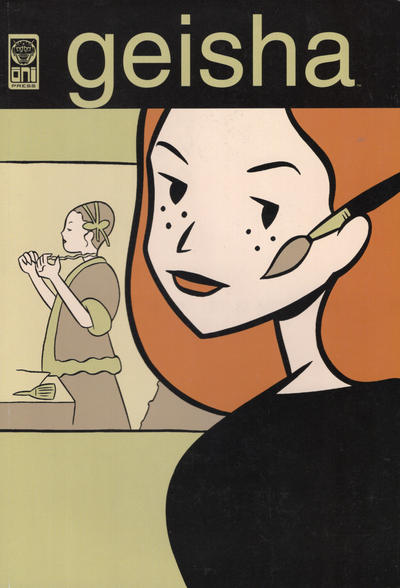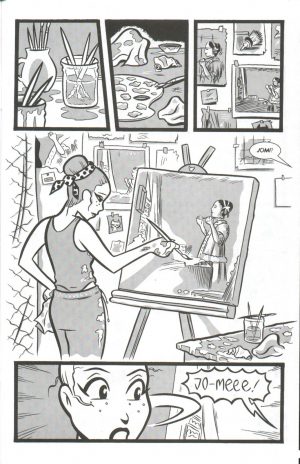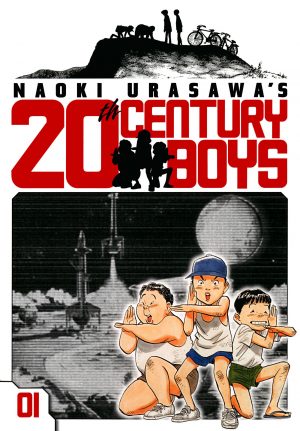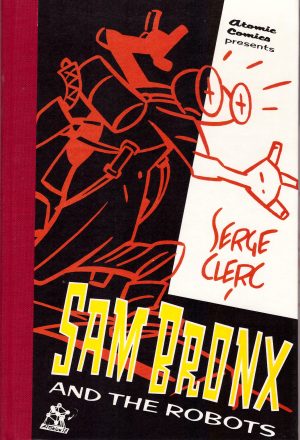Review by Frank Plowright
Jomi Sohodo is an artist at some unspecified time in the future, when much still looks the same as today, but some advances have been made, if you can call the construction of lifelike androids for sex an advance. While still looked down on, Jomi is fortunate in comparison to most of her ilk, as she was adopted and raised alongside human brothers.
Andi Watson uses some early pages to consider how little we value the talent required for figurative art, while critics and influential buyers worship the conceptual, but none of that helps Jomi sell her work. To pay her rent she needs to take jobs with her adopted father’s security firm. The people she meets in the course of both her chosen career and her part time necessity connect in strange ways.
Considering how early it was in his career, Watson is very accomplished in producing an intelligent and captivating drama, mixing adventure, art history, art critics, criminal activity and some very stylishly drawn pages. There’s a timeless skill to the retro-cartooning that ensures Geisha reads as well now as it did when first serialised in 1998, and there’s also a subtlety to the art, Watson choosing to show some minor story elements purely visually.
However… Geisha’s an interesting exercise in storytelling choices, perhaps down to Watson first creating the story relatively early in his career when the market for crime graphic novels with an offbeat cast was very small. The contrary point is that beyond a vague notion of artificial life creating warm art, and a comment about make-up, there’s absolutely no need for Jomi to be an android at all. In fact, as good as it is, Geisha would probably be improved for dropping the science fiction trimmings. This is the direction Watson took for subsequent stories about Jomi not featured in this collection, but included in Oni Press’ pocket-sized The Complete Geisha.





